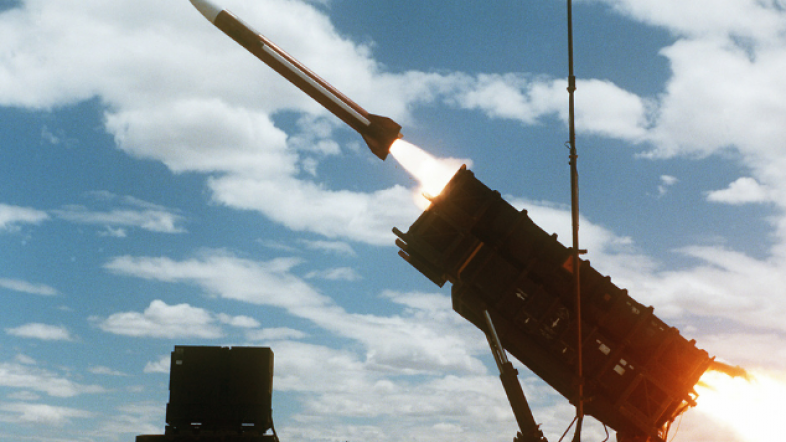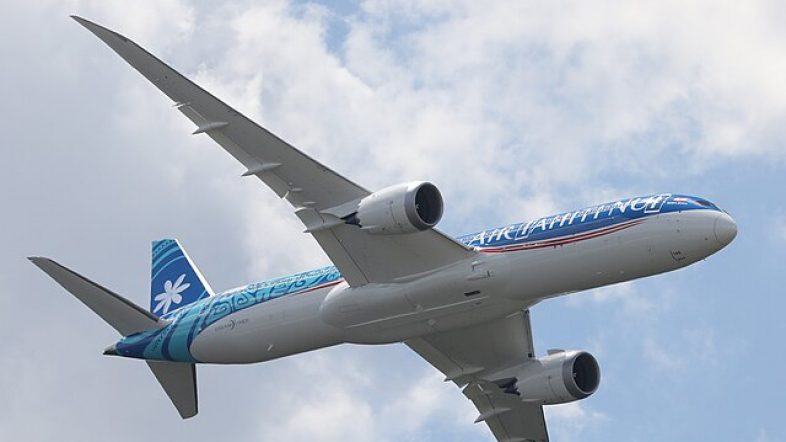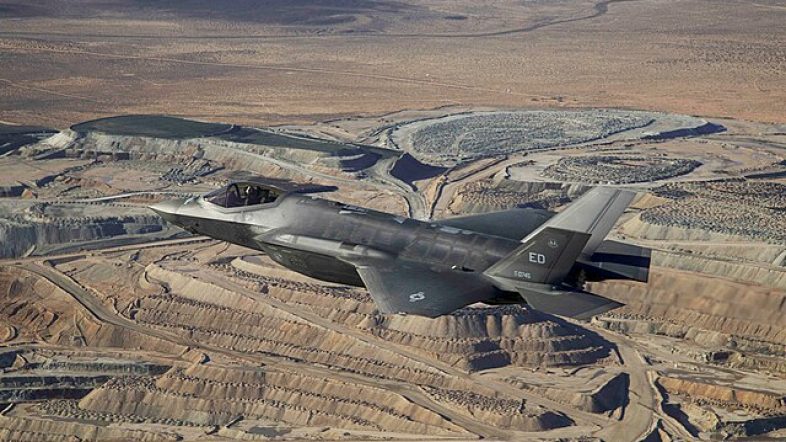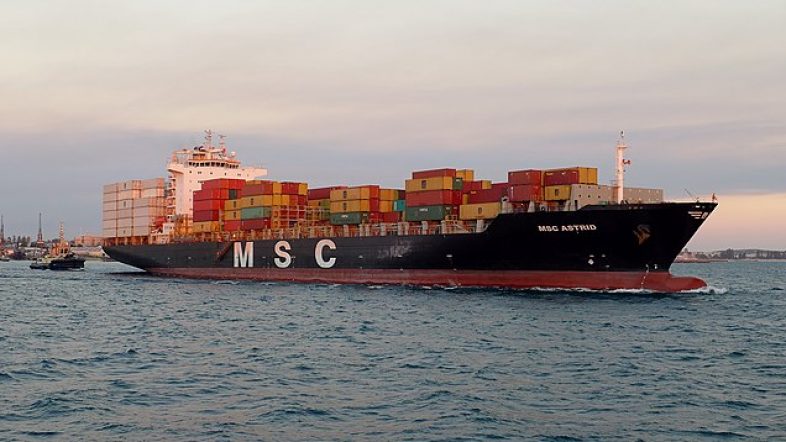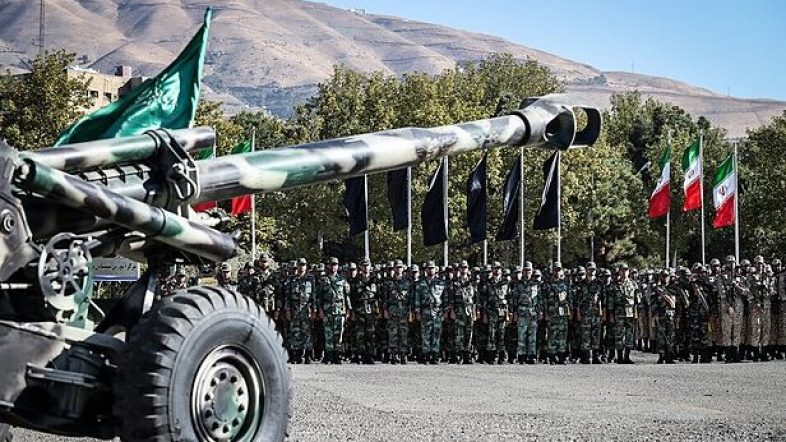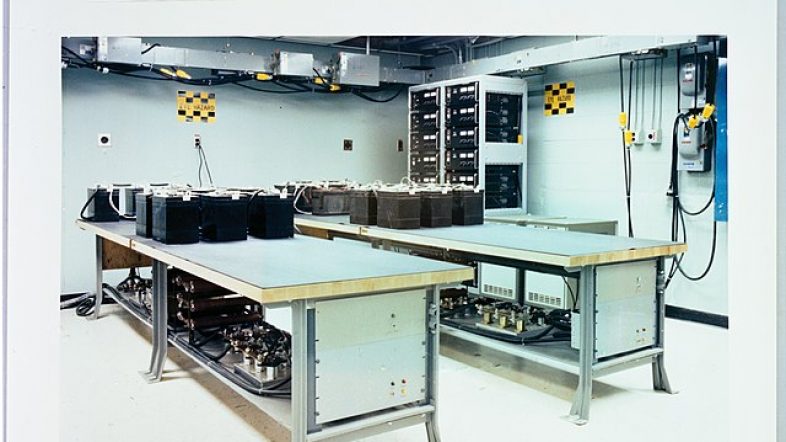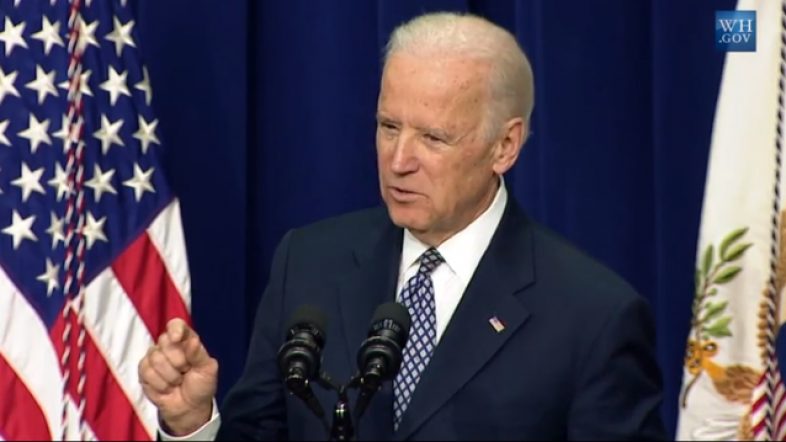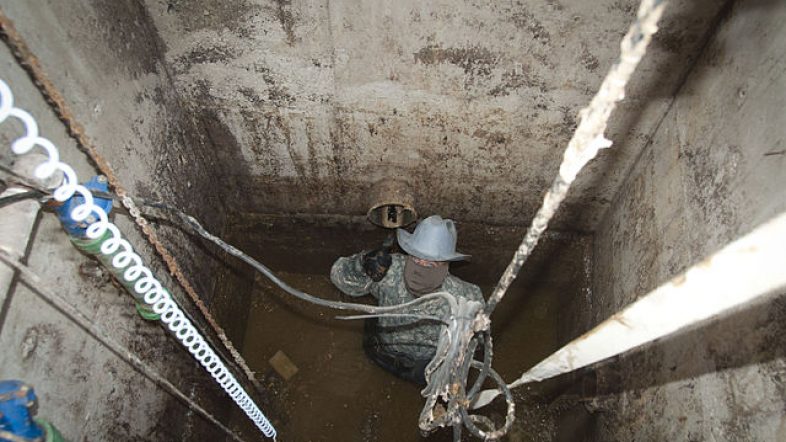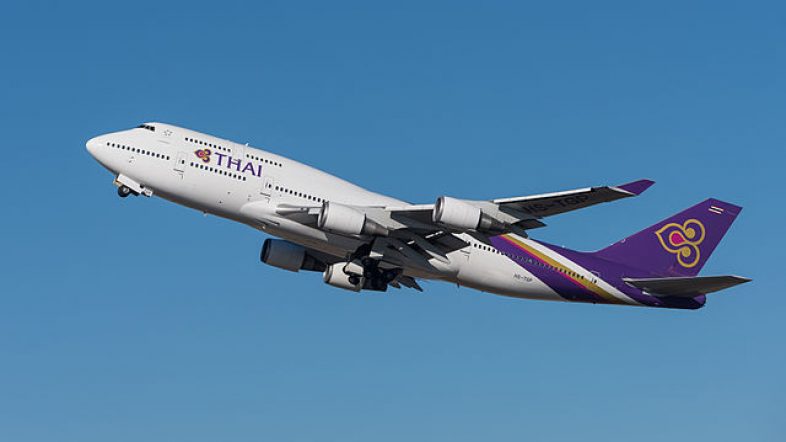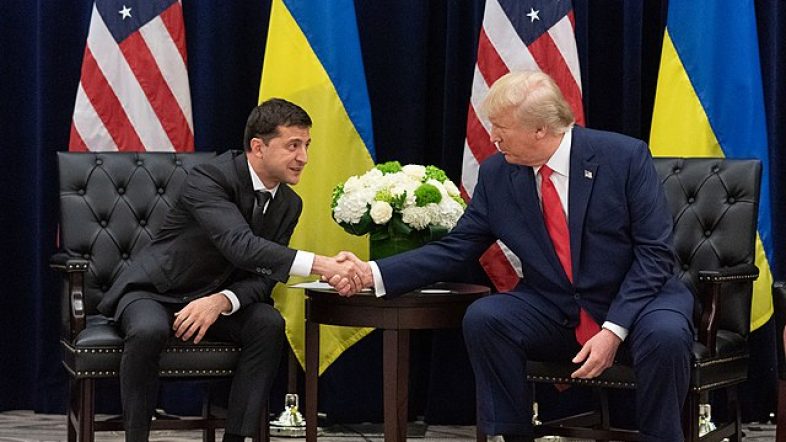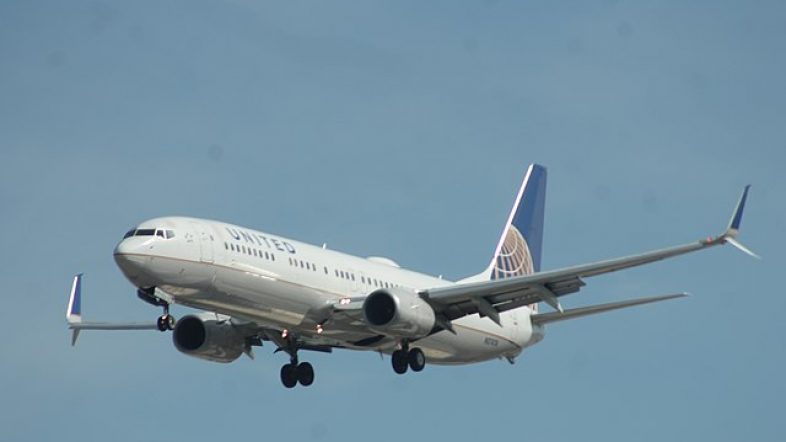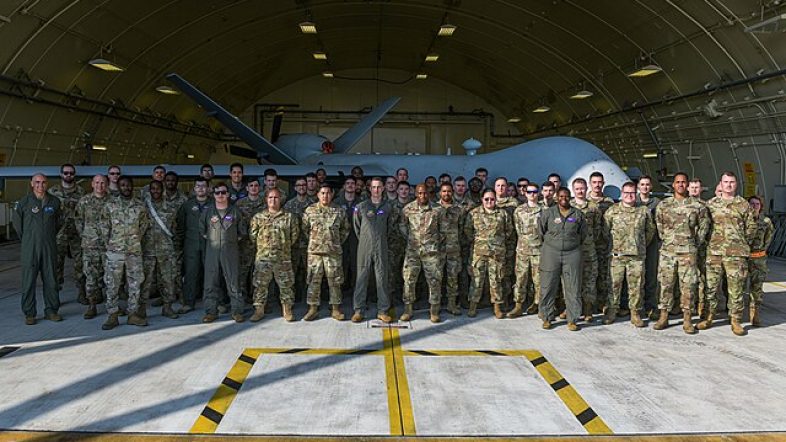Since 1980, the United States has deployed a surface-to-air missile. This missile is dubbed the Patriot Missile and can target aircraft, cruise missiles and short-range ballistic missiles. The U.S. Army has declared that it has 16 Patriot battalions.
The U.S. batteries are regularly deployed around the world. In addition, Patriots also are operated or being purchased by the Netherlands, Germany, Japan, Israel, Saudi Arabia, Kuwait, Taiwan, Greece, Spain, South Korea, the United Arab Emirates, Qatar, Romania, Sweden, Poland and Bahrain.
The Patriot system “is one of the most widely operated and reliable and proven air missile defense systems out there,” and the theater ballistic missile defense capability could help defend Ukraine against Iranian-supplied ballistic missiles, said Tom Karako, director of the Missile Defense Project at the Center for Strategic and International Studies.
THE COST
Over the years the Patriot system and missiles have been continually modified. The current interceptor missile for the Patriot system costs approximately $4 million per round and the launchers cost about $10 million each, CSIS reported in its July missile defense report. At that price, it’s not cost effective or optimal to use the Patriot to shoot down the far smaller and dramatically cheaper Iranian drones that Russia has been buying and using in Ukraine.
“Firing a million-dollar missile at a $50,000 drone is a losing proposition,” said Mark Cancian, a retired Marine Corps reserves colonel and senior adviser at CSIS.
THE CONCERNS
A Patriot battery can need as many as 90 troops to operate and maintain it, and for months the U.S. was reluctant to provide the complex system because sending forces into Ukraine to operate it is a non-starter for the Biden administration.
But there were also concerns that deployment of the system would provoke Russia, or risk that a missile fired could end up hitting inside Russia, which could further escalate the conflict. According to officials, the urgent pleadings of Ukrainian leaders and the devastating destruction of the country’s civilian infrastructure, including loss of electricity and heat as winter drags on, ultimately overcame U.S. reservations about supplying the Patriots.
THE CAPABILITIES
Ukraine faces a range of Russian threats, and the Patriot is good against some and not that useful against others.
One former senior military official with knowledge of the Patriot system said it will be effective against short-range ballistic missiles and it represents a strong message of U.S. support, but one battery isn’t going to change the course of the war.
The official, who spoke on condition of anonymity because the Ukraine deal has not yet been made public, noted that one Patriot battery has a long firing range, but can cover only a limited broad area. As an example, Patriots can effectively protect a small military base, but can’t fully protect a large city such as Kyiv. They could only provide coverage for a segment of a city.
Patriots are often deployed as a battalion, which includes four batteries. This won’t be the case with Ukraine, which officials said would be receiving one battery.
The Patriot has a more powerful radar that is better at discriminating targets than the Soviet-era S-300 system the Ukrainians have been using, but it has limitations, both Karako and Cancian said.
The Patriot’s ability to target some ballistic missiles and aircraft could potentially protect Kyiv if Russian President Vladimir Putin carried through on his persistent threat to deploy a tactical nuclear device. But that would depend on how the weapon was delivered, Karako said. If it was a gravity bomb delivered by a warplane, the system could target the aircraft; if it was a cruise or short-to-medium-range ballistic missile, it could also possibly intercept the missile, Karako said.

